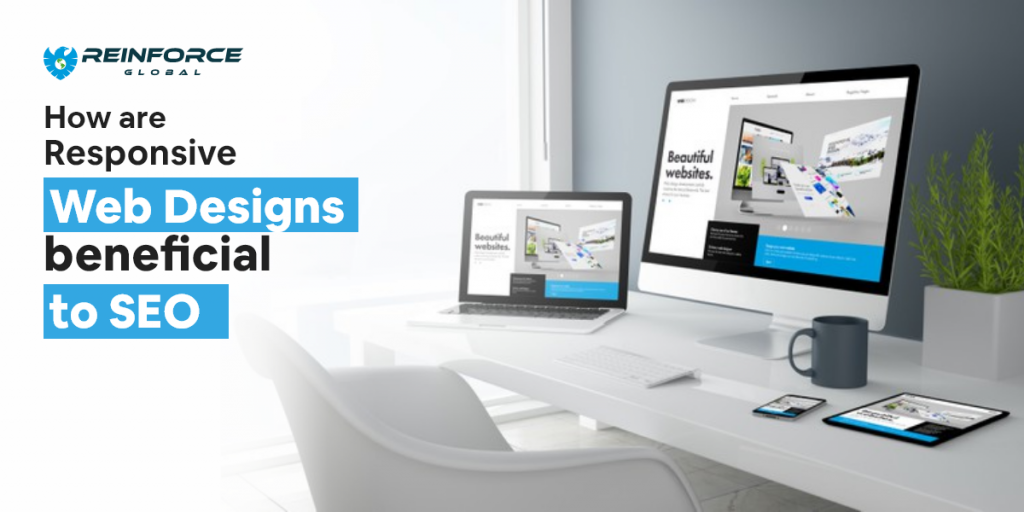Today, most people do not open a desktop to browse a website or perform any web-based activities. Most people prefer to do web-based activities instantly on their mobile phones. Every business must ensure they have a responsive website, given this mindset of people. There are lots of advantages to having a responsive website.
In this article we’ll look at how responsive websites are beneficial to SEO. Below are 5 SEO benefits for responsive design:
- High Mobile Traffic – You don’t have to do any research to conclude that today most of the websites are browsed on mobile. When you go with responsive design, it ensures your website opens correctly and perfectly on any mobile device which opens the doors to attract thousands of users to your site, which improves your SEO score. How? The next point answers your question.
- Website Usability – Do you know how Google determines your site’s quality? It is determined by the amount of time a user spends on your site. The higher the time, the higher the ranking. When will someone spend more time on your website? When it is easy to navigate, this is achieved by having a responsive web design. If you are giving an excellent user experience, the customers will come back to your site and increase your site page quality and hence your ranking.
- Page Load Time – One other important parameter on which Google ranks your site is – page load time. How does it fit in with responsive design? The desktop version of the site may have a lot of information on a single page. However, that is not a good idea in a mobile version – a user may be baffled with so much information on a small mobile screen. Also, loading so much information on a single page on a mobile device increases the page load time. Responsive design ensures users see a condensed version of your pages that are smaller and easy to load.
- Bounce Rate – When a visitor comes to your site and exit the website after spending very little time or exit immediately, it is known as Bounce Rate. Google notes the difference of entry and exit time of each visitor and accordingly ranks your website. If you have a higher bounce rate, Google assumes your site is not useful for visitors and reduce your ranking. For the same reason, you should have a responsive web design that lowers the bounce rate and improve your rank.
- No Duplicate Content – Before responsive designs were popular, businesses used to create two different versions of their website – one for desktop and the other for mobile to give a better user experience. There is a significant issue with this approach – Google considers the two versions as two different websites and marks the website as ‘website with duplicate content’ which lowers your Google ranking. With responsive design, you can create a single website that fits on any platform.
It won’t be wrong to say if you don’t have a responsive website, and your growth is related to your website, the chances of your success are bleak. Having responsive design improves the SEO, which ensures more people visit your website, and you get more business.
